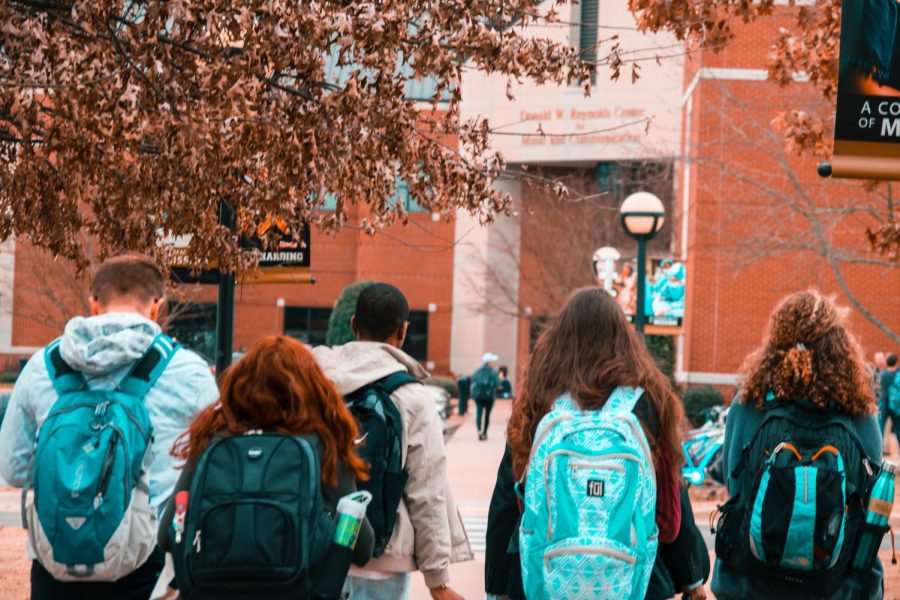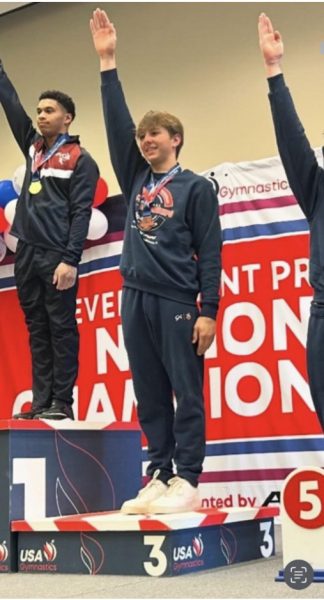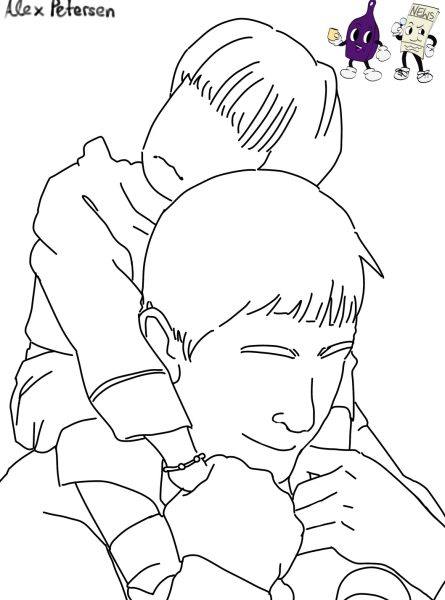LOW-INCOME STUDENTS IN HIGHER EDUCATION
Blockades to Success
pexels-stanley-morales-1454360
College Campus
Quality of life in the United States is often affected by workforce opportunity, and opportunity has much correlation with educational achievement. Many higher paying jobs require college degrees. That being said, people of lower classes often have less access to higher education, or rates of success in it, than those with upper or middle class socio-ecenomic backgrounds.
Backgrounds and upbringings for people of lower socio-ecenomic classes are often not fostering a path to higher education. This lack of pathway feeds into a loop of staying in the same class for generations, perpetuating educational and achievement barriers.
Lower class students face more difficulties from components like community support and expectation, lower level highschool quality, less opportunities presented before college, feeling out of place in the university setting, to simply not having enough knowledge of the college culture. Some of these issues can be tied to the fact that many low income students would be the first in their families to attend college.
Stephens,, a professor at Stanford, along with other university professors, found that even when SAT scores and scholarship achievements are controlled, there is evidence that first-generation students are more likely to run into issues with higher education. They proposed that this was because of poor preparation for students at the fault of educational institutions.
Higher education institutions, even if attempting to bring in students of lower classes, aren’t providing the proper resources to benefit these students. The National Institution for Educational Statistics (NCES) also reveals that people going into college who have at least one parent who has previously attended college, are more likely to succeed to a degree.
Data from the NCES in 2021 shows that students with a highschool diploma, but no further education, are up to twenty-eight percent less likely to be employed than people who have a bachelor’s degree or greater. In addition, the employment rate of people with a bachelor’s degree or greater has seen a steady increase, as opposed to the decrease of employment for highschool graduates with no further degrees . This shows the greater necessity for higher education in the workforce.
Professor Pascarella, and collaboration educators found that expectations of students within their communities have large impacts on their educational achievement. For example, middle to higher income communities usually have expectations of college, and many to most of those students go to college. Whereas in lower income communities, many students would be first generation college attendees, and have low educational expectations past high school.
first-generation college
Pascarella et. al.
students tend to
be at a
distinct disadvantage
[because of]
knowledge about
[higher] education…
level of family
income and
support, educational
degree expectations
and plans, and
academic preparation
in high school.
This can be summed up to expectation, but also to cultural preparation. Even if means are provided, students have difficulties transitioning from high school to college due to understanding of the culture. High school experiences are different to that of the college experience and first generation students, who are often from low income backgrounds, can have difficulties transitioning.
Expectations can also be tied to individual ideas of achievement. Cecelia Rouse, economist and Princeton professor, found that many students from low income backgrounds had low expectations for their achievements if they attended college past what they would achieve without a degree.
Programs under the U.S. Department of Education programs such as GEAR-UP have been made to combat success blockades. It focuses on familial understanding, preparation for college, student readiness, and higher education enrollment rates for low income graduates overall. The program uses grants to send people to work with students throughout middle and highschool, aiding them in college preparation. All of this helps the lower income students have a better understanding of college, and motivation, both proving necessary for success.
Professor at Stanford, and collaborating professors, Stephens et. al. writes about the differences in motivation and perspectives on college. They find that middle and upper class students focus on individual betterment, whereas lower income students are often more focused on meeting the needs of others or bettering the lives of groups rather than themselves.
The professors describe this as a clash within the college dynamic, or a “cultural mismatch”. More of their studies correlated student’s broader mindset to success in higher education. The professors required people from various classes to make choices, or describe various views on choice.
The results concluded that people from low income backgrounds more often took what was offered, while higher income people chose for themselves. The study partially accredits this phenomenon to the lack of choices for low income people in their everyday lives.
They stated that low income subjects were more often to not make a choice for themselves, because in their everyday lives they are not given choices. Choices on things like travel, food options, or employment. This limits students because they have been taught to move passively through life by their surroundings and take what is given to them.
Part of the difficult transition has been tied to low quality highschools, and less resources for young students. Highschools in areas with greater populations of low-income families often provide less preparation for college.
They have less vigorous courses provided, which makes the gap between highschool and college all the wider. The NCES found that when low income students took higher level classes prior to college, they were more likely to reach success.There are also gaps in standardized test preparation, which provide access to most secondary educational institutions.
Stevens et. al. describes the transition to higher education for lower income students as uncomfortable. The tasks are very different, change takes getting used to, but the time to adjust is not provided. This becomes a noticeable disadvantage. The students often end up performing less well than their higher income peers. Preparation from college can come in the form of cultural understanding and environmental familiarity, but also from lack of educational resources throughout highschool.
Throughout adolescence and into adulthood, there are many ways in which people of low income backgrounds are disadvantaged towards access to higher education in the United States. Blockades have been found to come in the form of social expectations from one’s community and self, high school quality and course preparation, motivation and reasoning from the educators teaching them. This access to education is likely to impact their monetary success, and also that of their following generations.









